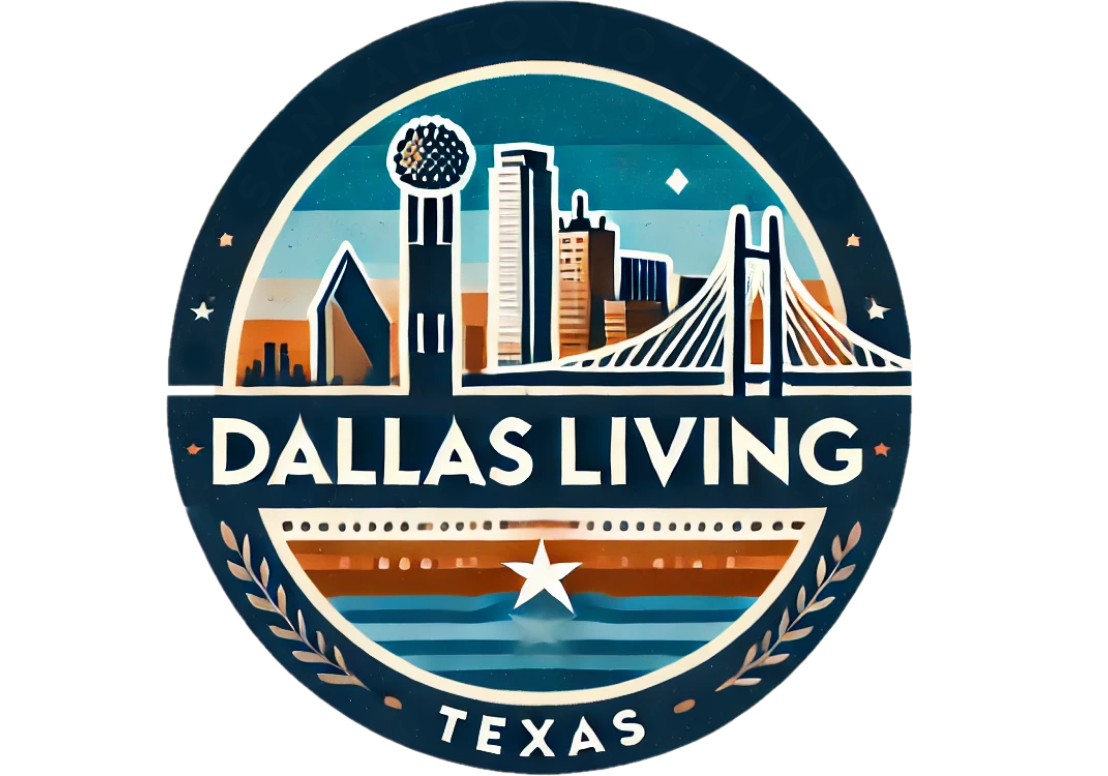
Major Dallas Office Tower Faces Foreclosure: What Does It Mean?
The recent foreclosure of Harwood No. 4, a prominent 20-story office tower in Dallas, signals a troubling trend in the commercial real estate sector. Spear Street Capital, a San Francisco-based investment company, acquired the building during an auction on April 1, following financial challenges faced by the Dallas developer, Harwood International Inc. This event marks a significant change in ownership and raises questions about the future of the Harwood District, a key location for businesses in Dallas.
A Historic Area on the Edge of Transformation
The Harwood District, developed over decades, embodies the evolution of the Dallas commercial landscape. Since launching in 1984 with the iconic Rolex Building, the area has transformed into a vibrant 19-block neighborhood populated by law firms, technology companies, and popular dining establishments. Harwood No. 4, built in 2000, is strategically located near both Victory Park and Uptown, popular areas that cater to a diverse clientele, making this foreclosure significant not just for Harwood International but for the wider property market in Dallas. With over 220,000 square feet of commercial space, the loss of this tower raises concerns about the district's future rental market.
Market Challenges Amid Rising Interest Rates
The foreclosure illustrates the broader challenges faced by office landlords in an environment characterized by elevated interest rates and high borrowing costs. Many property owners are grappling with financial issues as tenant occupancy rates fluctuate. Reports indicate that Harwood No. 4 was about 45% leased at the time of the foreclosure, while the Harwood District itself had a higher occupancy at approximately 83%. Nevertheless, a lack of financial resources can hinder efforts to maintain or enhance property value.
The Future Outlook: Opportunities Amid Challenges
Despite this setback, Harwood International has plans for future developments. The company is gearing up to begin construction on Harwood No. 15, another office tower slated for completion in 2027. This suggests that while one segment of the company's portfolio has faced challenges, there is still a commitment to growth and development in the Dallas area.
Local Reactions and the Economic Implications
The Dallas business community is closely watching this situation. Local businesses, especially those that have flourished in the Harwood District, may feel the ripple effects of this foreclosure. As this iconic property changes hands, questions about ongoing investments in the area arise. Small businesses that rely on foot traffic and proximity to larger offices might face uncertainty regarding their customer base.
Broader Trends in Dallas Real Estate
This event also highlights the shifting dynamics of the Dallas commercial real estate market. The rising numbers of vacant office spaces and the closure of several businesses signal a need for adaptability among property owners. Many are looking to diversify their portfolios or renovate properties to meet the demands of modern tenants. In addition, the ongoing trend of hybrid work models is making it imperative for landlords to rethink the use of office spaces, offering more flexible leasing options to attract new clients.
Conclusion: A Call to Stay Informed
The events surrounding Harwood No. 4 reflect significant challenges and opportunities within the Dallas commercial real estate market. As this story continues to unfold, business owners and investors should monitor developments closely. Whether directly impacted or observing from a distance, staying informed can provide valuable insights into navigating the complex landscape of Dallas businesses.
For more updates and insights into the Dallas business scene, including major trends, stories, and opportunities, be sure to follow local news outlets and engage with community business forums.
 Add Element
Add Element  Add Row
Add Row 



Write A Comment